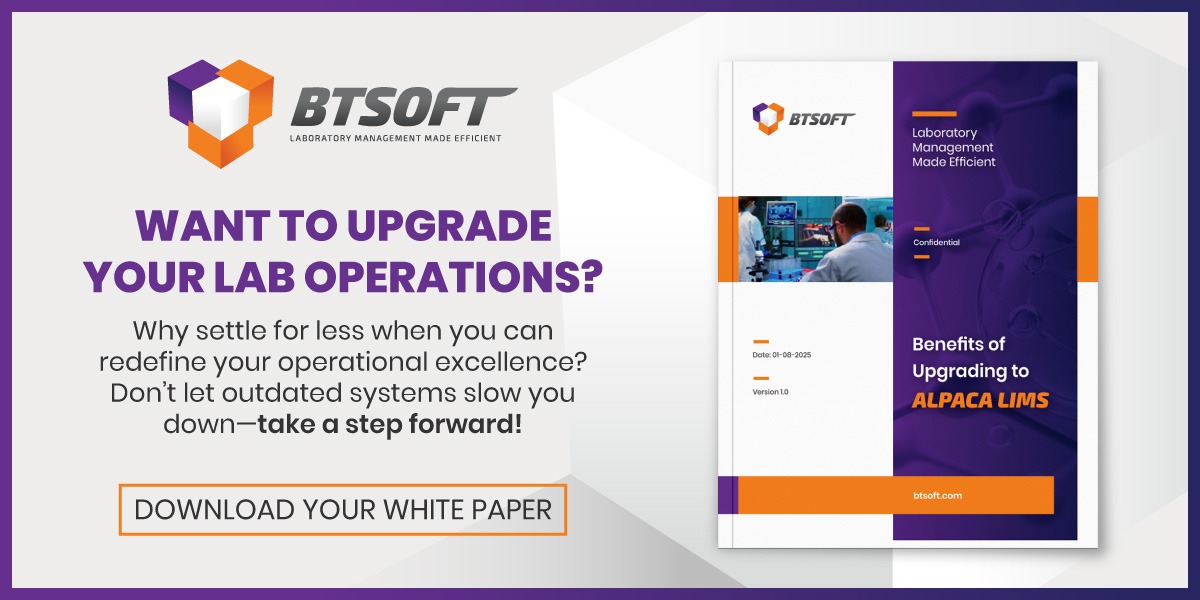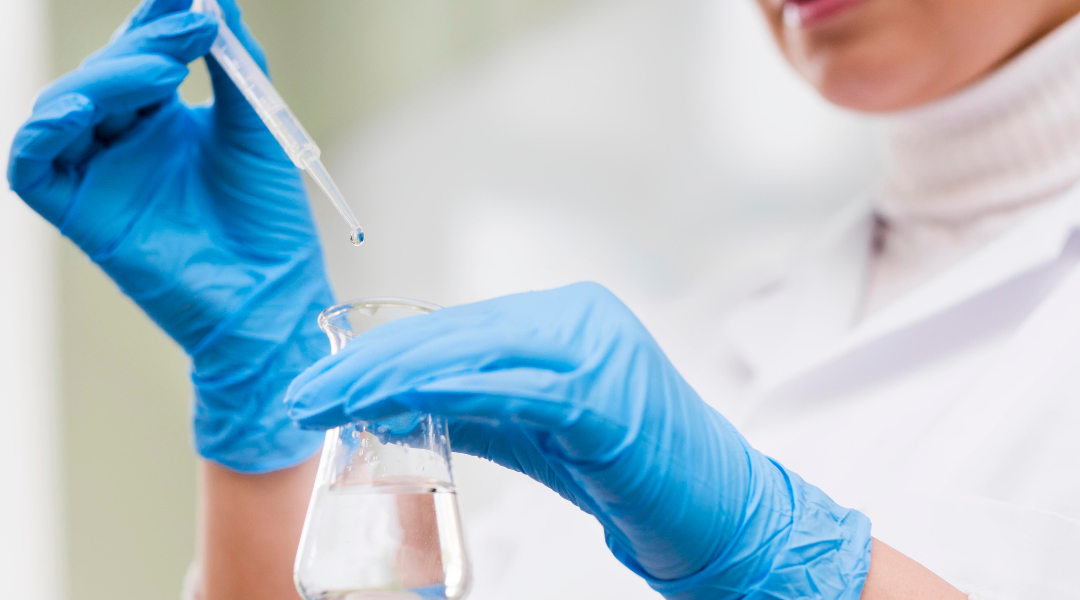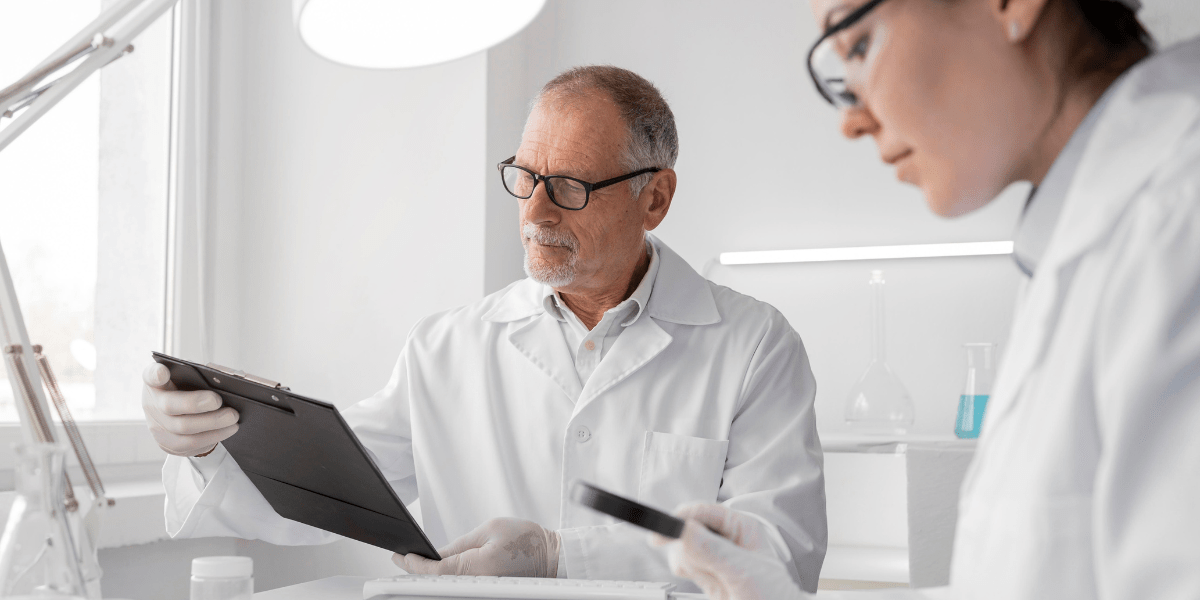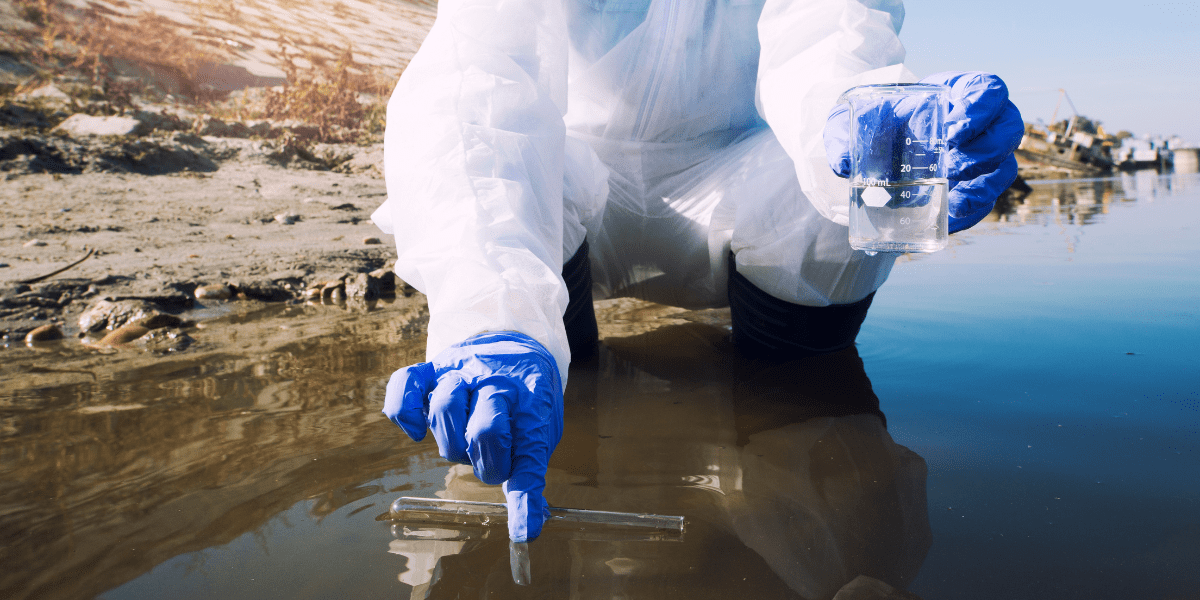In every laboratory, maintaining the accuracy and reliability of lab equipment is crucial for collecting precise test results. However, the process of calibrating lab equipment can be time-consuming, tedious, and disruptive to workflow. Lab equipment management requires meticulous attention to detail and constant monitoring to minimize the risk of human error. These challenges can often cause frustration for lab technicians. To address these concerns and streamline the calibration process, laboratories can leverage the capabilities of Laboratory Information Management Systems (LIMS). Let’s explore the importance of lab equipment calibration and discuss key steps to enhance the calibration process, as well as the role of Laboratory Information Management Systems (LIMS) in streamlining calibration in laboratory activities and maintaining efficient workflow.
The Need for Lab Equipment Calibration
Lab equipment calibration involves the adjustment and verification of instruments to ensure they function within specified limits and provide accurate, consistent results. Calibration is essential in many industries, including environmental testing. Without accurate calibration, instruments deliver unreliable results, leading to incorrect conclusions, compromised data quality, and potential regulatory non-compliance.
How to Enhance Lab Equipment Calibration
1. Create Instrument Profiles
Begin by creating profiles for each instrument you wish to calibrate. These profiles should include details such as instrument type, serial number, manufacturer, calibration standards, tolerance limits, and calibration history. This comprehensive information allows for efficient tracking, management, and analysis of each instrument’s calibration requirements.
2. Schedule Calibration
Determine the appropriate calibration frequency based on industry standards, manufacturer recommendations, and regulatory requirements. Set the desired calibration interval for each instrument. This ensures that calibrations are performed at the appropriate intervals to maintain instrument accuracy.
3. Select Calibration Standards
Determine the appropriate calibration standards required for each instrument. These standards should be traceable to national or international measurement standards. Choose standards that are suitable for calibrating the specific instrument and its intended applications.
4. Establish Calibration Procedures
Develop and document calibration procedures for each instrument. These procedures should include step-by-step instructions, calibration parameters, and any additional notes necessary for accurate calibration. Standardize procedures to minimize the risk of human error and ensure consistent and reproducible calibration results.
5. Perform Calibration
Follow the documented calibration procedures to calibrate each instrument. Record measurement readings, adjustments made, and any deviations encountered during the calibration process. This data is important for tracking the instrument’s performance and identifying any necessary adjustments.
6. Validate Calibration Results
Verify the calibration results by comparing the measured values against established standards and tolerance limits. Ensure that the instrument falls within the specified range. If adjustments were made during calibration, confirm that they have brought the instrument back into an acceptable range.
7. Generate Calibration Certificates and Reports
Create calibration certificates and reports for each instrument. These documents include details such as calibration dates, results, adjustments, and any discrepancies encountered during calibration. Calibration certificates and reports provide proof of calibration for regulatory compliance or quality assurance purposes.
8. Track Calibration History and Maintenance
Maintain a comprehensive calibration history for each instrument, including past calibration records and any maintenance activities performed. This information enables traceability, facilitates troubleshooting, and supports decision-making processes regarding instrument retirement or additional maintenance needs.
9. Integration with Preventive Maintenance
Integrate calibration in laboratory activities with preventive maintenance schedules to optimize workflow and minimize instrument downtime. Link calibration due dates with routine maintenance schedules to ensure instruments are calibrated before being returned to service.
The Role of LIMS in Lab Equipment Calibration
A Laboratory Information Management System (LIMS) is a software platform that offers robust capabilities for managing and integrating laboratory operations, including lab equipment calibration in laboratory. LIMS provides a centralized system to document, track, and manage calibration activities, making it an invaluable tool for labs seeking to streamline their calibration processes.
LIMS enables efficient management of instrument profiles, calibration schedules, and tasks. It facilitates accurate calibration by storing information such as serial numbers, calibration history, and tolerance limits. LIMS helps in selecting proper calibration standards and establishes standardized calibration procedures. During calibration, LIMS records measurements, adjustments, and deviations. It verifies calibration in laboratory results by comparing values to established standards. LIMS generates calibration certificates and tracks calibration history and maintenance. Integration with preventive maintenance schedules minimizes instrument downtime. Overall, LIMS streamlines calibration processes, ensures accuracy, facilitates documentation, and optimizes workflow.
Leveraging BTSOFT LIMS for Calibration in Laboratory
By leveraging the capabilities of LIMS, your lab can streamline calibration management processes. By partnering with a trusted LIMS provider like BTSOFT, your lab can take advantage of a robust software platform that meets industry standards, enhances productivity, improves data integrity, and ultimately leads to cost savings. Don’t wait any longer to make the switch to a streamlined calibration management system. Schedule a demo with BTSOFT today and experience the benefits of a comprehensive LIMS solution firsthand!






